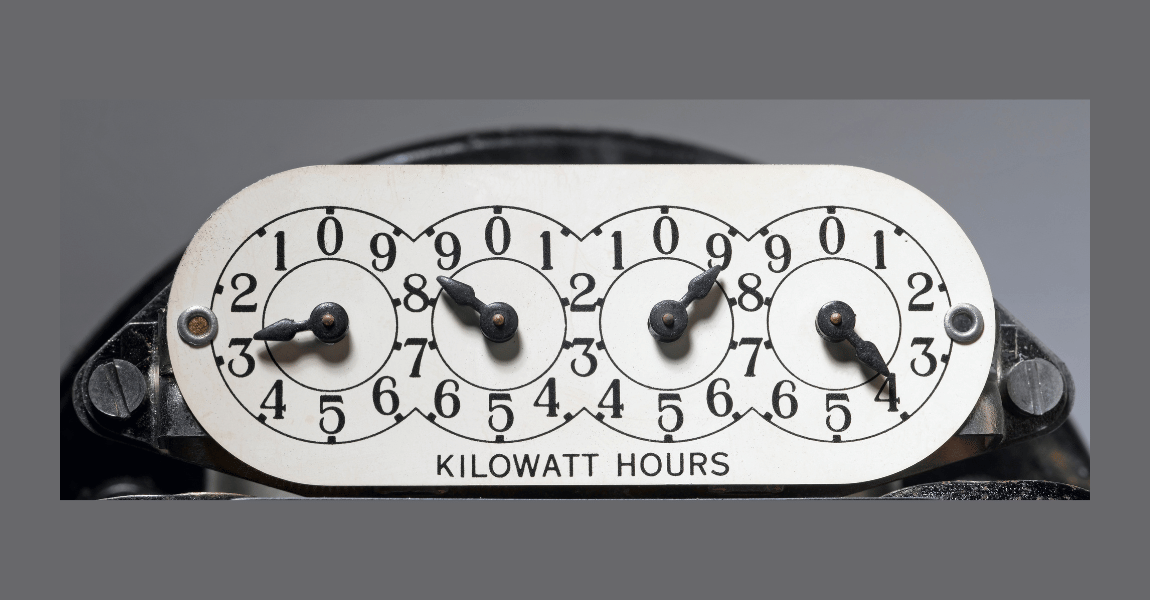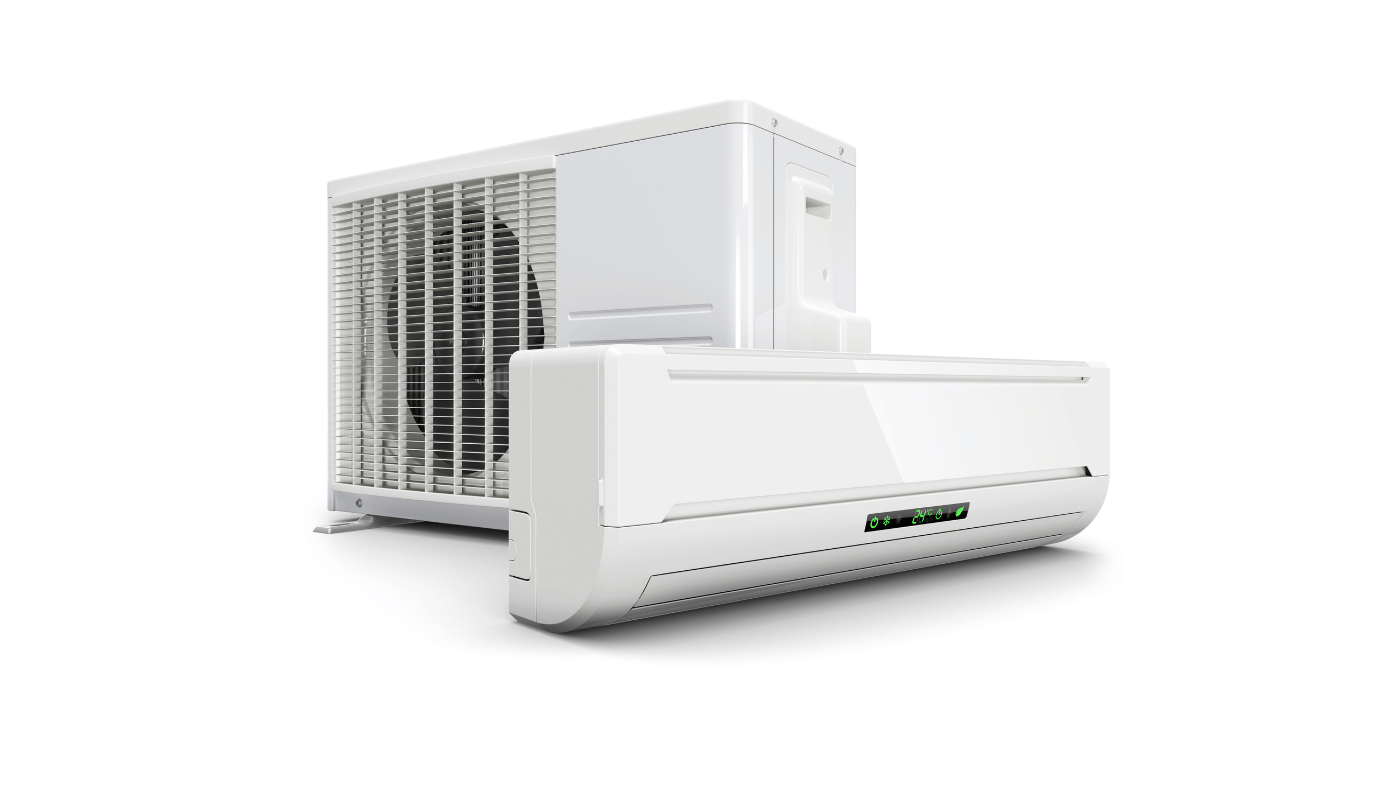A Comprehensive Guide to Air Conditioner Ratings
BTU, Kilowatts, or Horsepower? A Comprehensive Guide to Air Conditioner Ratings

When shopping for an air conditioner, you'll likely come across product specifications measured in one of three units:
- Kilowatts (kW)
- BTU (British Thermal Units)
- Horsepower (hp).
These measurements indicate the system's cooling or heating capacity, but their varying usage can create confusion, especially for first-time buyers.
This guide will explain these units, their relevance, and why understanding them is essential when comparing air conditioners in Australia.
Why the Metric System Matters in Australia
In Australia, the metric system has been the standard since its adoption in the 1970s. Energy output for appliances like air conditioners is most accurately expressed in kilowatts (kW).
However, imported models and inconsistent marketing materials sometimes use BTU or horsepower, which complicates comparisons.
Choosing an air conditioner rated in kilowatts aligns with local standards and simplifies the decision-making process.
Kilowatts (kW): The Gold Standard in Australia
The kilowatt is the metric unit for measuring power and is the preferred standard in Australia. It provides a straightforward way to quantify the cooling or heating output of air conditioning systems, ensuring accuracy and consistency across brands.
Why Kilowatts Are Preferred:
- Alignment with the Metric System: Australia transitioned to the metric system in the 1970s, making kilowatts the most logical and standardized measurement for appliances.
- Ease of Comparison: Kilowatt ratings enable consumers to directly compare air conditioners without needing to convert from other units.
- Direct Output Representation: Kilowatts reflect the actual cooling or heating capacity of the system, offering a clear indicator of performance.
When shopping for air conditioners, prioritize models that display their output in kilowatts. This ensures you're evaluating products on a level playing field and in a unit consistent with Australian standards.
BTU: A Remnant of the Imperial System
British Thermal Units (BTU) measure the amount of energy required to raise the temperature of one pound of water by one degree Fahrenheit. This unit is commonly used in the United States and other countries that rely on the imperial system.
Why BTU Is Less Common in Australia:
- Metric Transition: Australia replaced imperial measurements with the metric system decades ago, making BTU an outdated standard locally.
- Consumer Confusion: Australian buyers accustomed to kilowatts may find BTU ratings difficult to interpret or compare.
- Lack of Localization: Products marketed in Australia using BTU often indicate a lack of effort by manufacturers or distributors to tailor their offerings to the local market.
Quick Conversion Tip:
To convert BTU to kilowatts:
1 kW≈3,412 BTU/hour
For instance, an air conditioner rated at 12,000 BTU corresponds to approximately 3.5 kW.
Products with BTU ratings might signal inadequate market preparation or minimal compliance with Australian standards, raising concerns about post-sales service and support.
Horsepower (hp): A Misleading Metric
Horsepower, typically used to describe motor capacity, is another metric that occasionally appears in air conditioner specifications. However, it is an unreliable measure for comparing air conditioners because it represents the motor’s power rather than the system's cooling or heating capacity.
Inconsistencies in Horsepower Ratings:
The same horsepower rating can lead to vastly different cooling outputs between brands.
For example:
- Brand A with a 2.5 hp motor might produce 5.4 kW.
- Brand B with the same 2.5 hp motor could deliver 6.4 kW—a difference of 1 kW.
This discrepancy arises from variations in energy efficiency and design, making horsepower an unsuitable metric for comparison.
Since horsepower ratings do not reflect efficiency metrics like the Energy Efficiency Ratio (EER) or Coefficient of Performance (COP), they offer little insight into an air conditioner's overall performance or operating cost.

Why Non-Standard Metrics Should Be Avoided
Products advertised primarily using BTU or horsepower instead of kilowatts may raise red flags. Such discrepancies could indicate poor suitability for the Australian market or lack of distributor diligence.
Key Issues with Non-Standard Metrics:
- Non-Compliance with Standards: Distributors who fail to use kilowatts may also neglect other local compliance requirements, such as energy labeling or warranty terms.
- Poor Market Preparation: Promotional materials that rely on outdated or foreign units suggest minimal effort to cater to Australian consumers.
- Misleading Comparisons: Without proper conversions, consumers may struggle to evaluate products fairly, increasing the risk of a poor purchase decision.
Understanding Energy Efficiency: EER and COP
To assess air conditioners effectively, focus on energy efficiency metrics like EER (Energy Efficiency Ratio) and COP (Coefficient of Performance).
These measurements provide a clearer picture of operational efficiency and potential energy savings.
EER (Energy Efficiency Ratio):
EER is the ratio of cooling capacity (in BTU/hour) to power input (in watts). Higher EER values indicate greater efficiency.
Formula:
EER = Cooling Capacity (BTU/Hour) / Power Input (Watts)
COP (Coefficient of Performance):
COP measures heating efficiency, defined as the ratio of heating capacity (in watts) to power input (in watts). Like EER, a higher COP reflects better performance.
Formula:
COP = Heating Capacity (Watts) / Power Input (Watts)
By comparing EER and COP values, you can identify models that deliver optimal cooling or heating with minimal energy consumption, reducing both operating costs and environmental impact.
Making the Right Choice: Tips for Australian Buyers
To avoid confusion and ensure you select the best air conditioner, consider these tips:
- Look for Kilowatt Ratings:
Models rated in kilowatts provide the most straightforward and reliable way to compare output and performance. - Avoid BTU-Only Products:
Be cautious of models that rely solely on BTU ratings without conversion to kilowatts, as they may not be tailored for the Australian market. - Disregard Horsepower Ratings:
Horsepower figures offer limited value when comparing air conditioners. Focus instead on kilowatts, EER, and COP metrics. - Evaluate Energy Efficiency:
Higher EER and COP values indicate better efficiency, helping you save on electricity bills and reduce environmental impact. - Choose Trusted Brands:
Opt for air conditioners from reputable brands that comply with Australian standards and provide robust customer support.
Conclusion
Understanding the distinctions between kilowatts, BTU, and horsepower is essential for making informed decisions when purchasing an air conditioner in Australia.
While BTU and horsepower might appear in promotional materials, kilowatts remain the standard metric, aligning with the country's metric system and providing the most accurate representation of cooling and heating capacity.
By prioritizing kilowatt ratings and considering efficiency metrics like EER and COP, you can confidently select a model that meets your needs while ensuring energy efficiency and reliability. Avoid products that rely on non-standard measurements to enjoy a smoother purchasing experience and long-term satisfaction.











